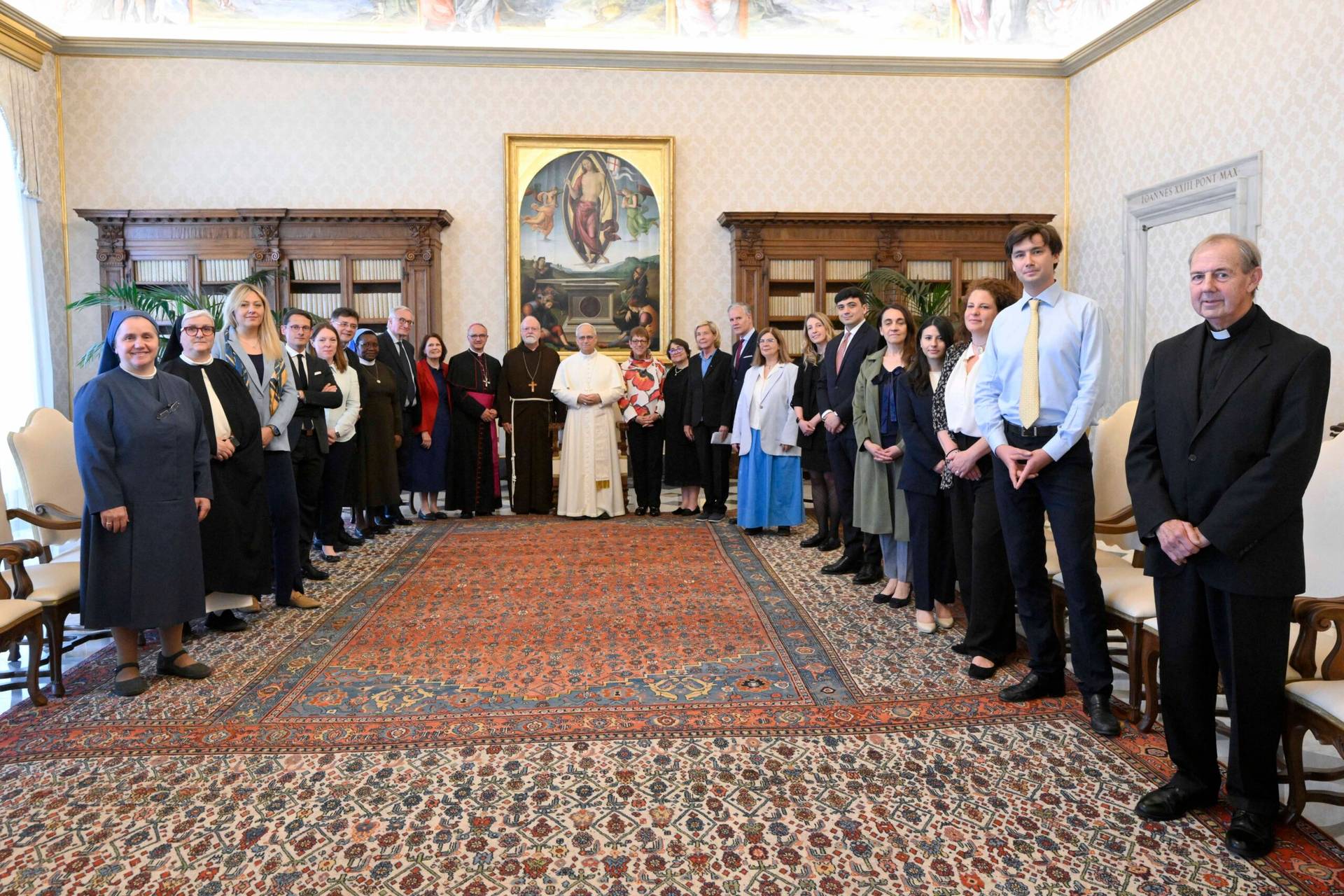ROME — Cardinal Manyo Maeda of Osaka met Pope Francis on Monday, and afterwards told reporters the pontiff had confirmed his desire to visit Japan in late 2019. Among other things, he said, Francis wants to travel to Hiroshima and Nagasaki to offer prayers for the victims of the atomic bombs dropped by U.S. forces in 1945.
Assuming the pope does go, the storyline will no doubt focus on the political message he’s delivering about the evils of a nuclear-armed world, and what some see as the pope’s shift away from what had been the Vatican’s tacit acceptance of nuclear deterrence toward a more uncompromising abolitionist stance.
As a lesser note, the trip may also be styled as a wistful return to the pope’s missionary roots. As a young Jesuit, Francis dreamed of following in the footsteps of Matteo Ricci and St. Francis Xavier as missionaries to Asia, and now, at long last, he would at least briefly be realizing that aspiration.
What won’t be making headlines, however, is the narrative of a high-stakes showdown between the Vatican and a rebellious local church. The fact that this will be the dog that didn’t bark when the pope goes to Japan illustrates just how much things can change in the Catholic Church in twenty short years.
Back in 1998, St. Pope John Paul II convened a Synod of Bishops for Asia, and the gathering became a forum for widespread complaints among Asian prelates that the Vatican was both excessively Eurocentric in its thinking and excessively centralized in its administrative procedures, riding roughshod over the judgments of local bishops.
No one was more vocal about that than the bishops of Japan.
In advance of the synod, the Vatican had sent out a Lineamenta, or a prepatory document for the gathering. The Japanese bishops essentially rejected it tout court, with a blistering critique about its deficiencies.
“Since the questions of the Lineamenta were composed in the context of Western Christianity, they are not suitable…. One finds in the Lineamenta a certain ‘defensiveness’ and apologetic attitude. This makes the expressions presenting certain other theological positions clearly unfair and inadequate.”
“This is especially clear in the section on Christology. This does not help the faith of Asian Christians. What is necessary is an open and spiritual Christology rooted in real life and alert to the problems of modern people…. We should try to discover what kind of Jesus will be a ‘light’ to the peoples of Asia.”
Privately, Japanese bishops were even more candid about their resentments of Vatican high-handedness. Stories circulated, for instance, of liturgical texts carefully prepared by the Japanese bishops’ conference trying to draw on certain elements of the country’s native religious traditions being rejected in Rome – not on the basis of judgments by seasoned Vatican officials, who of course couldn’t read Japanese, but rather relying on opinions from unnamed Japanese seminarians.
Allied with these objections was a titanic doctrinal struggle that unfolded during the 1990s over what was known as the “theology of religious pluralism,” associated with figures such as the late Belgian Jesuit Father Jacques Dupuis, who had served as a missionary in India and became a key theological advisor to the Federation of Asian Bishops’ Conferences.
Basically, religious pluralism held that although Christianity marks out the full truth about God’s plan for humanity, salvation can also be obtained through other religions that contain elements of truth and grace. It was an effort to position Christianity as a friend, not a competitor, of the great religious traditions of the world and enjoyed strong support across Asia, though it also ran into stiff Vatican questioning and resistance.
Now, twenty years later, those tensions simply aren’t in the air anymore.
Francis is legendarily not a pontiff who goes around picking doctrinal fights, and he’s certainly shown no interest in revisiting the debates over religious pluralism, content to let sleeping dogs lie. Moreover, he’s also a major proponent of interreligious dialogue, and has shown enormous sensitivity to Asian religiosity in particular – famously donning a saffron robe given to him by a Hindu holy man during an interfaith assembly in Sri Lanka in 2015.
(It wasn’t just for a photo op, either – the pope left the robe on for virtually the entire evening event.)
As far as Vatican over-reaching goes, Francis is very much a pope of local control, calling for a “healthy decentralization” in the life of the Church. On the specific issue the Japanese bishops presented back in the late 1990s, liturgical translation, the pontiff has issued a legal degree returning the bulk of control over the process to bishops’ conferences – possibly, in fact, in response to precisely the objections the Japanese bishops had raised two decades ago.
That’s not to say all the problems have been solved. Earlier this year, Tokyo Archbishop Tarcisius Isao Kikuchi objected after a Vatican department unilaterally announced that a new seminary for the Neocatechumenal Way would be erected in the Japanese capital. However, there was little indication that the flap heralded a wider return to the old battles.
In other words, when this pope goes to Japan, it won’t be a showdown, it’ll be a victory lap. And that, in turn, shows that the Catholic Church isn’t quite as immobile and timeless as popular mythology (and, let’s face it, some of the Church’s own rhetoric) would sometimes have it.















